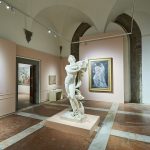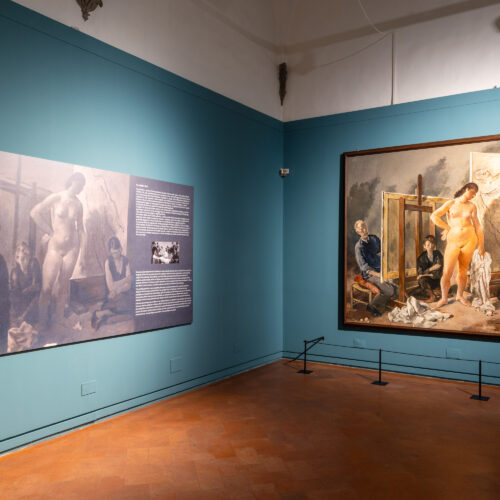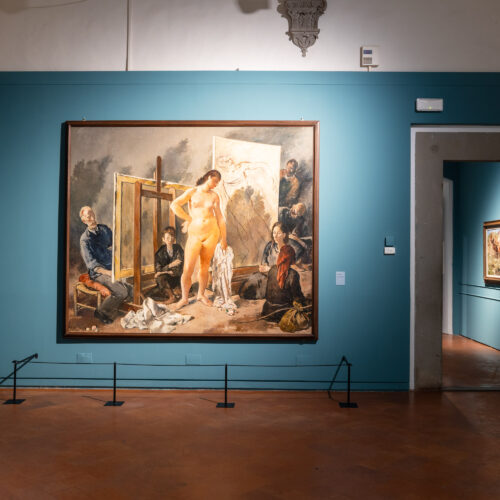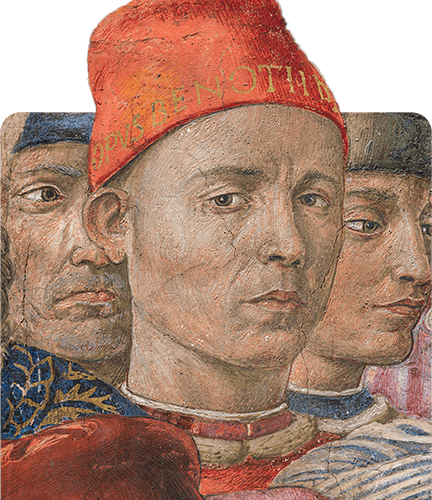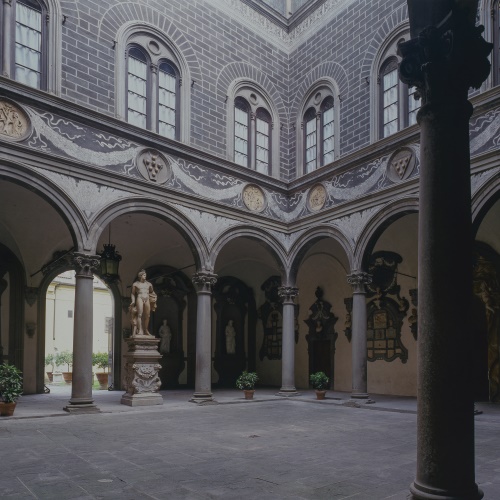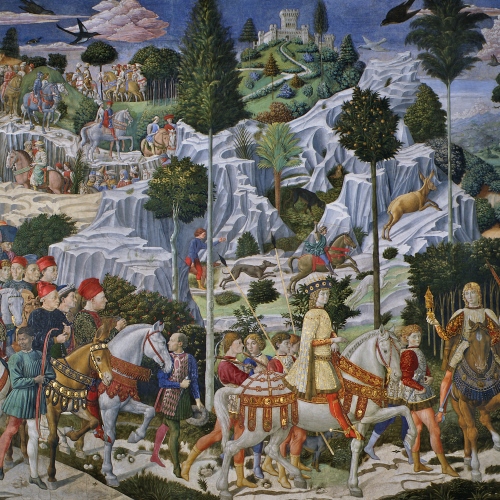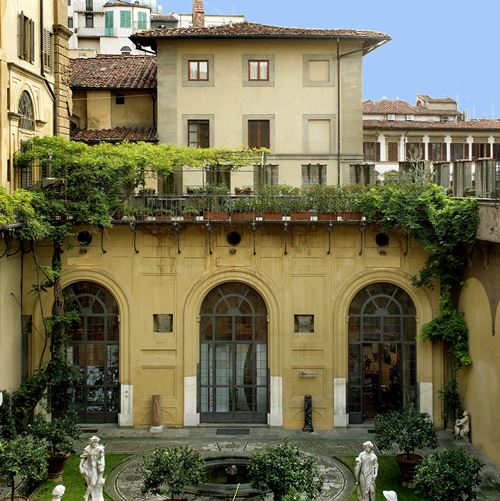Felice Carena. Life in paint
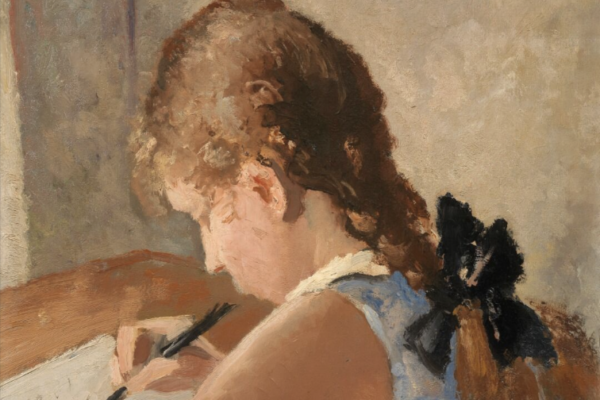
to 16 February 25
Dedicated to the Turin-born painter who lived in Florence during the first half of the 20th century, the exhibition will be held at Palazzo Medici Riccardi from 17 October 2024 to 16 February 2025. The event is promoted by the Metropolitan City of Florence and organised by MUS.E, curated by Luigi Cavallo and Elena Pontiggia.
A key figure of 20th-century Italian art, and a creative interpreter of the cultural context that flourished in Italy during the first half of the last century, Felice Carena (Turin, 13 August 1879 – Venice, 10 June 1966) over the years captured, absorbed, and uniquely reinterpreted the great innovations that shaped the painting of his time, while drawing equal inspiration from the lessons of past centuries.
The exhibition at Palazzo Medici Riccardi, born from an idea by Magda Grifò, the artist’s great-granddaughter, and coordinated by Valentina Zucchi, the palace’s scientific director, traces the creative journey of Felice Carena, focusing on his years in Florence from 1924—when he was invited to teach at the Academy of Fine Arts—until 1945, when he moved to Venice, and until the end of his life in 1966. The exhibition offers visitors an important collection of over 50 works, including many previously unseen pieces from the family’s private collection, alongside loans from major public and private institutions such as the Bank of Italy, the Giorgio Cini Foundation in Venice, the Uffizi Galleries, the National Gallery of Modern and Contemporary Art in Rome, the Museo del Novecento in Milan, and the Civic Museum of Modern and Contemporary Art in Anticoli Corrado.
Additionally, the exhibition is linked to the concurrent “Felice Carena: Painter and Teacher at the Academy of Fine Arts of Florence” (from 17 October to 21 November at the Academy of Fine Arts in Florence), celebrating 2024, one hundred years after Carena joined the Florentine Academy, as a year dedicated to his legacy.
The two decades he spent in Florence were crucial years, during which he received many notable recognitions: his solo exhibition at the Venice Biennale in 1926, his show at the first Rome Quadriennale in 1931, the Carnegie Prize in Pittsburgh in 1929, his appointment as a member of the Italian Academy and President of the Academy of Fine Arts of Florence in 1933, his participation in the second exhibition of the Novecento Italiano (in 1929), and numerous international exhibitions aimed at promoting Italian excellence. His works were acquired by major Italian and European museums, and he also collaborated as a set designer for the Maggio Musicale Fiorentino (in 1935 and 1943). In 1940, he was awarded the Grand Prize for Painting at the Venice Biennale, with a new solo exhibition.
These were the years when he painted his masterpieces, including Susanna (1924) and the monumental La scuola (1928), and the key stages of his professional and personal life took shape.
The exhibition is divided into six sections, each with a thematic focus. It opens with a group of family portraits, some previously unseen, from the artist’s descendants. These were kept by the artist for himself, including portraits of his wife Mariuccia Chessa, the sister of painter Gigi Chessa, whom he married in Turin in 1919; his first daughter Marzia, born in 1910 from his relationship with Baroness Gina Ferrero of Rome; and his daughter Donatella, born in 1920.


